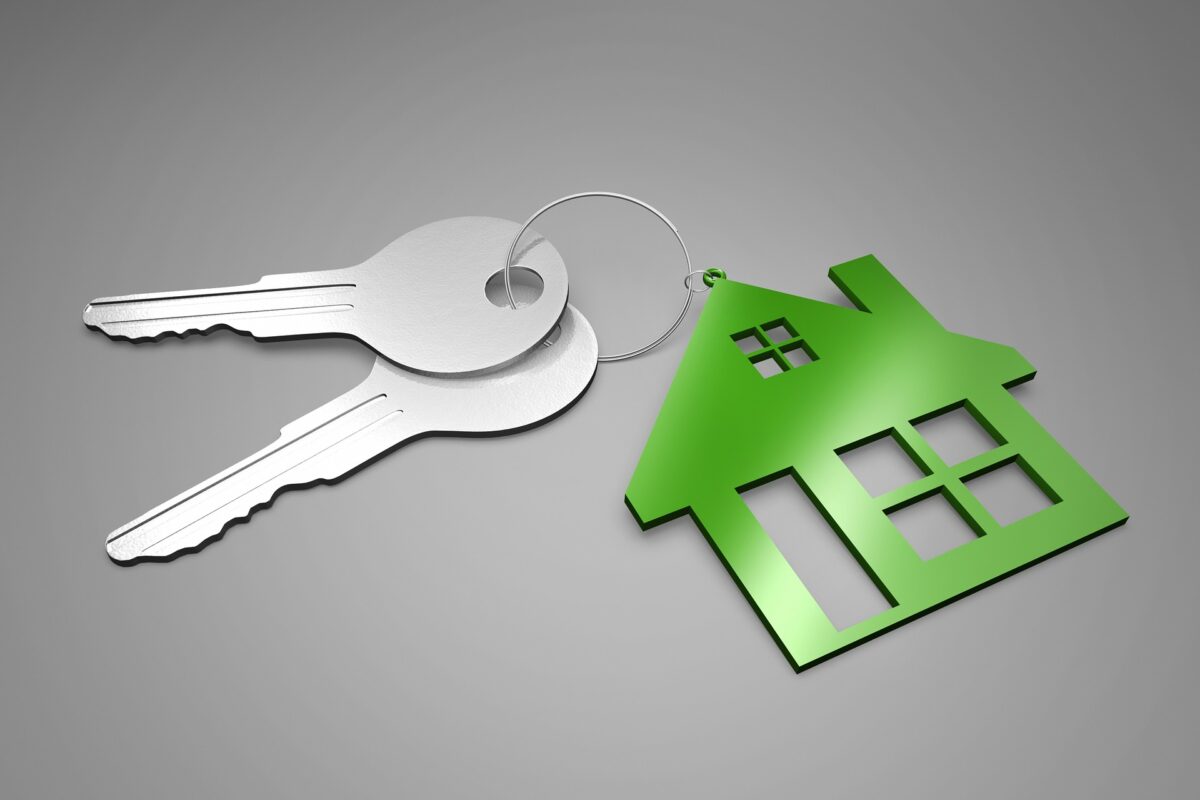Deprecated: Creation of dynamic property OMAPI_Elementor_Widget::$base is deprecated in /home2/inancjw3/public_html/wp-content/plugins/optinmonster/OMAPI/Elementor/Widget.php on line 41
 Insurance is typically one of the most beneficial expenses you can buy. The protection and peace of mind it brings can be vital.
Insurance is typically one of the most beneficial expenses you can buy. The protection and peace of mind it brings can be vital.
Private Mortgage Insurance, or PMI, is something that many home buyers will encounter when getting their mortgage.
But what exactly is it and does it provide any benefit for a home buyer? This guide will define and explain what PMI is and help new home buyers understand if and how they can avoid it.
What is Private Mortgage Insurance?
Private Mortgage Insurance (PMI) or Lenders Mortgage Insurance (LMI) for those outside of the US, is an insurance policy for conventional loans on mortgages without a 20% down payment.
PMI, unlike most insurance policies, does not benefit the homeowner, but is designed to protect the lender should the buyer stop paying the mortgage loan.
How to Pay PMI?
There are three ways that a PMI payment can be added into a new home loan.
 Monthly Premiums
Monthly Premiums
Monthly premiums are the most common way to pay for private mortgage insurance. These are simply additional monthly payments that are added to the mortgage payment.
Up-Front Premiums
Some lenders may offer the option of up-front costs rather than monthly premiums. This option is discouraged since it mitigates the financial benefit of removing PMI later as seen below.
Up-Front and Monthly Premiums
A third choice is a mix of the first two. Typically, there is a small additional fee as an upfront cost and the bulk of the cost would be in monthly premiums.
How Much is PMI?
Usually, Private mortgage insurance (PMI) is between 0.19% and 1.86% of your mortgage balance.
The reason these numbers can vary is due to several factors including the total cost of the mortgage balance, the amount of any down payment (ranging from 3%-19%), and the homeowners credit score and loan history.
How to Avoid PMI and How to Remove PMI
Understanding the cost and lack of benefit PMI provides you as a homeowner, you probably want to figure out how to avoid it.
Avoid PMI Completely
To avoid this pricey additional mortgage cost, you will need to put at least a 20% down payment on your home. Unfortunately, many people do not have the financial means to afford this option.
Remove PMI from an Existing Mortgage
If a 20% down payment is out of financial reality for you, and you are forced to have private mortgage insurance, you have a few options.
Wait
According to the HPA, or Homeowners Protection Act, once your home is at 78% equity, the mortgage lender is required to cancel the PMI from your home’s conventional loan. While this option may take years, the good news is that it will eventually occur.
Request Removal at 80% equity

Similar to the option above, the HPA allows your mortgage lender to cancel the PMI on your mortgage once the equity of the home is at 80%.
The notable distinction here though, is that the homeowner typically needs to request removal.
Since PMI benefits the lender financially, the motivation to remove this additional cost usually rests with the homeowner.
Another note to remember here: the lender is not required to remove the private mortgage insurance at 80% and may have certain stipulations outline in your loan agreement such as a request in writing and good payment history.
When purchasing your home, it would be wise to discuss these options with your mortgage lender.
Early PMI Removal
There are two additional options where you can remove your PMI potentially before it reaches either 80 or 78% equity.
The first option is to reappraise the home. If circumstances allow a change in home value from the time of original purchase, a homeowner may be able to get to an 80% equity valuation sooner than originally expected.
The second option is to refinance the original loan. Changing a loan through a refinance may benefit the homeowner in multiple ways including dropping PMI, changing loan term, and reducing interest rates.







